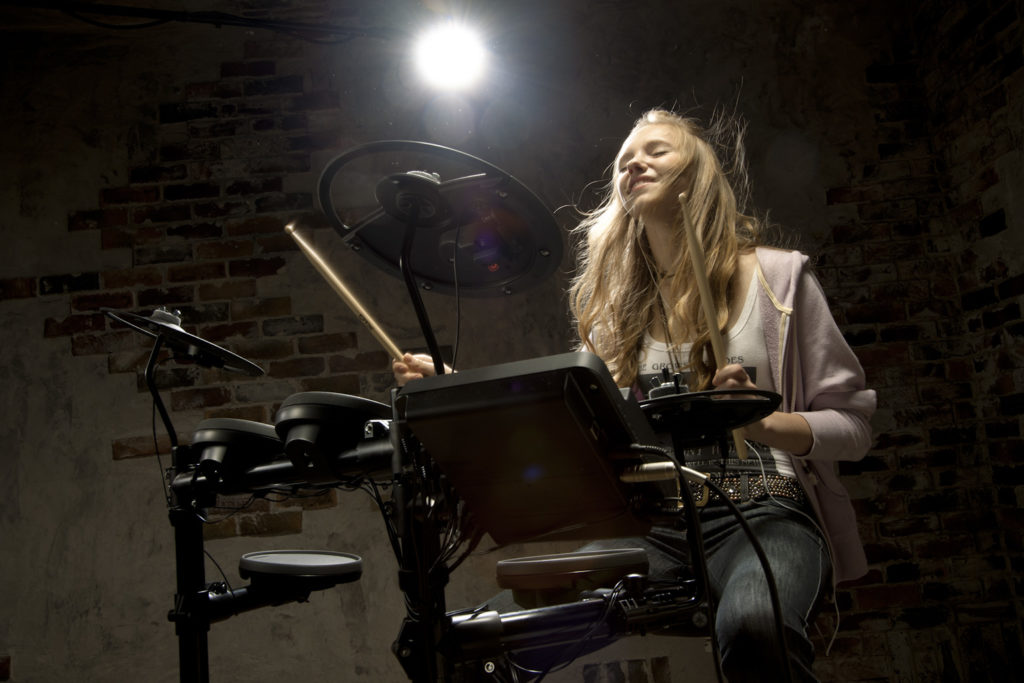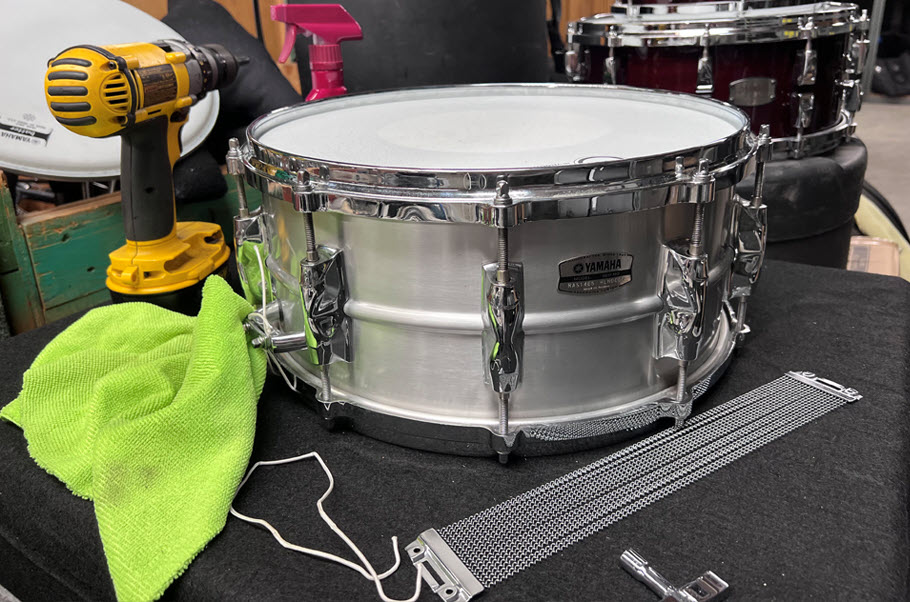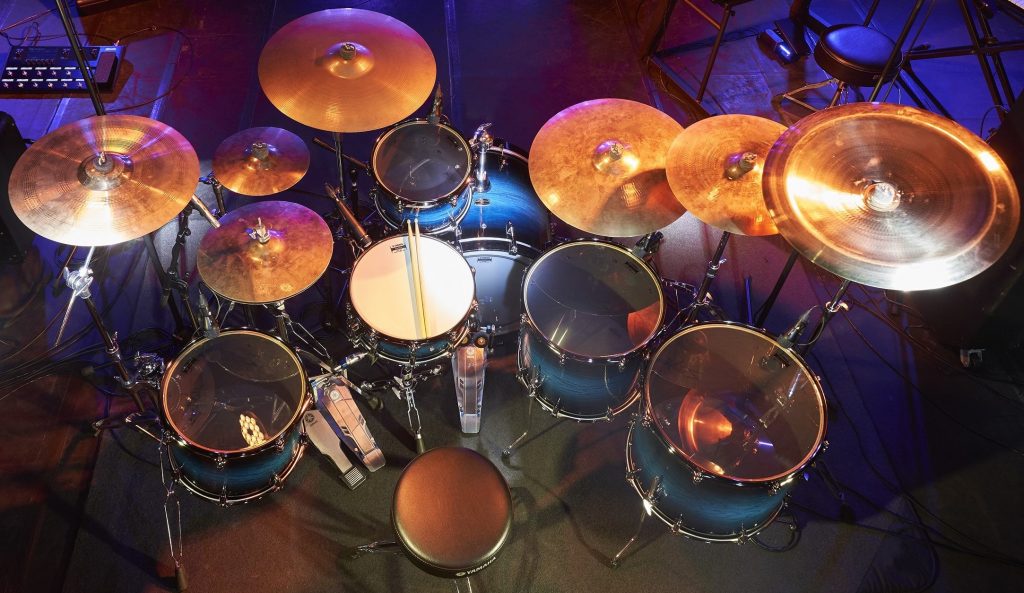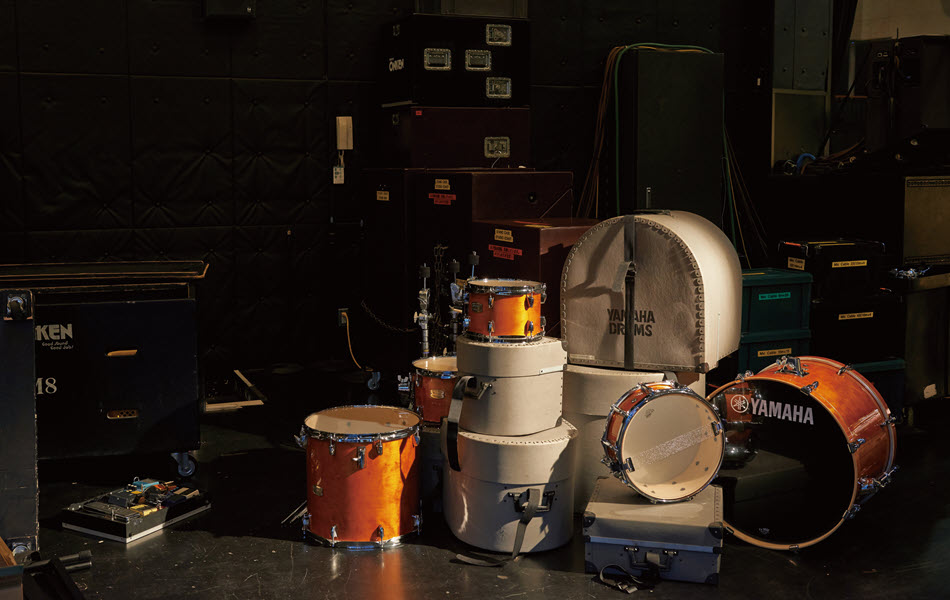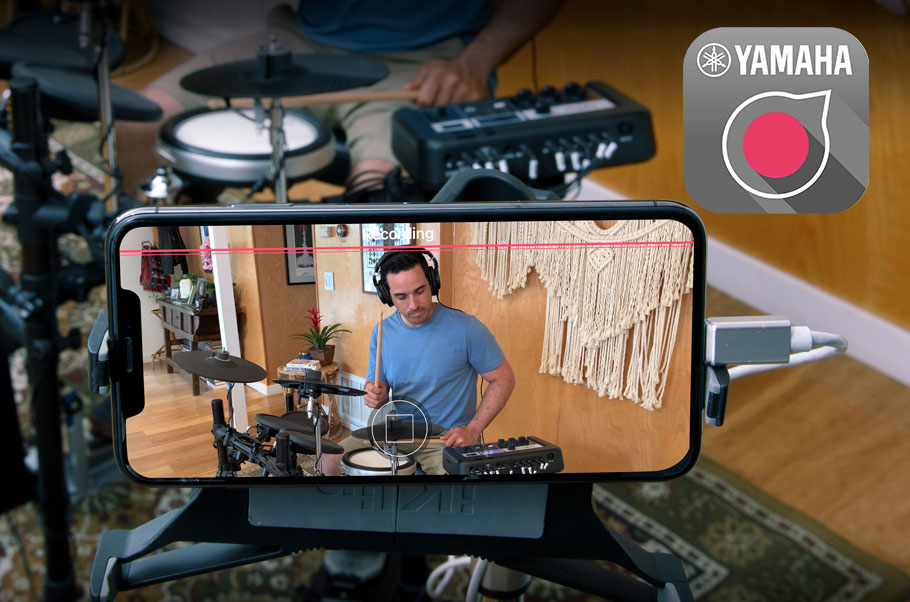How to Become a Great Session Drummer
Tips for being successful in the studio, both on and off the kit.
There are a lot of different ways to earn a living playing the drums, but there’s only one where you can be exposed to different genres of music on a daily basis: being a session drummer.
Taking this career path (which you can do in addition to playing live gigs, of course) also means that you’ll get to work with different producers, musicians, and songwriters, which not only enriches your musical background but keeps life behind the kit interesting. Here’s what you need to know about becoming a successful session drummer.
Timing Is Everything, Part 1
The ability to keep good time is an important skill for every drummer, but it might be the most important skill for a session drummer — especially now that so much music is being made “on the grid” (i.e., to a click) using computers and DAW software.
You can improve your timing by working with a metronome. Practice playing along with the click until it feels good, then vary the tempo until you’re comfortable at a wide range of tempos. If you’re practicing with other musicians who will be on the session, rehearse to the click so that everyone knows what to expect when it comes time to record in the studio.
A great resource for developing your drumming skills are the training tools provided with most electronic drum kits (such as the Yamaha DTX10, DTX8, DTX6 and DTX402), which can help improve your timing as well as your ability to quickly learn drum parts.
Record, Record, Record
Recording puts your drumming abilities under the microscope, and that can be intimidating. The best way to face the fear of recording is to record yourself as often as possible, then listen back to evaluate and analyze your performances objectively. A basic recording using your phone can help you judge feel, as well as how you balance the volume between different components of the kit. Eventually you can work your way up to a home recording setup with a computer and DAW software
Rec’n’Share is a free interactive app for your smart device that works with the Yamaha EAD10 Electronic Acoustic Drum Module (which transforms any acoustic drum set into a digital/hybrid kit, complete with sound effects), as well as all DTX Series electronic drums. It’s an excellent way to practice and record your performances, and makes it easy for you to share ideas with producers and other musicians.
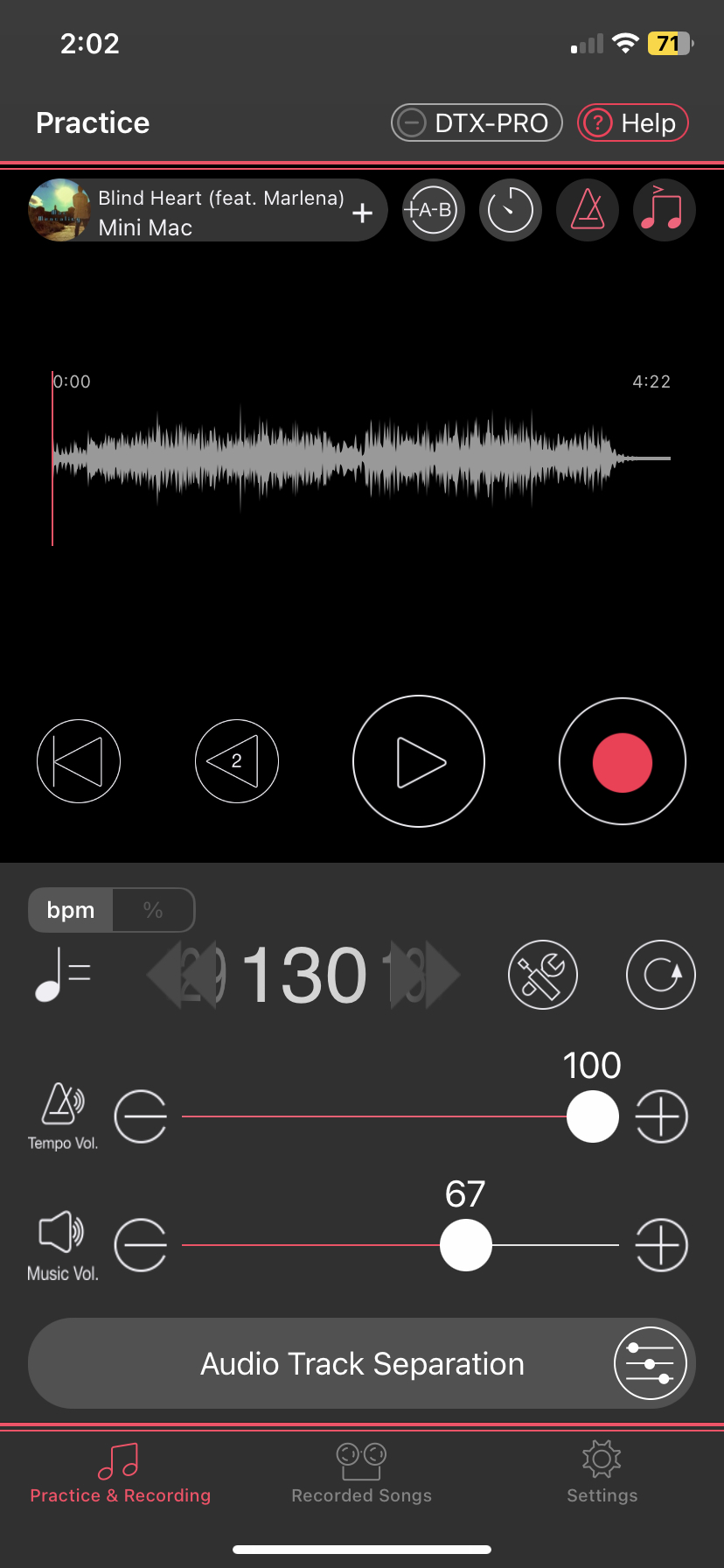
Reading is Fundamental
The term “session drummer” covers a lot of territory and you may need different skills depending upon the types of sessions you want to do. If your goal is to play on sessions for jingles, film or television, you will almost certainly be required to sight-read music because that is what the producers of those genres will expect. But if your goal is to play on sessions for songwriters, musicians or music producers, reading may be less important.

Even if you don’t plan on doing film or TV sessions, being able to read and write music is a great skill to have because it allows you to easily notate ideas for fills or patterns that you might play in a verse or chorus.
Do Your Homework First!
Before you show up at a session, do some planning and ask a lot of questions. How many songs will you be recording? How much time will you have to record them? Will you be expected to play to a click? Are there demos that you can hear before the session? Will you need to copy the drum parts on the demo note-for-note? (Regardless, have several new ideas ready to go in case you’re asked to provide alternatives.)
If you can, ask ahead of time what genre of music you’ll be playing, and try not to limit yourself to one particular style. Instead, become familiar with different genres — which makes you more valuable and will get you more work.
Also try to determine beforehand what equipment will be available for you to use at the studio. If there’s a great kit already in-house, you probably won’t need to bring your own drums.
You may, however, want to bring a few different snare drums so you can choose one that’s appropriate for a particular song. The same goes for cymbals: bring along an assortment of cymbals with different weights, sizes and styles.
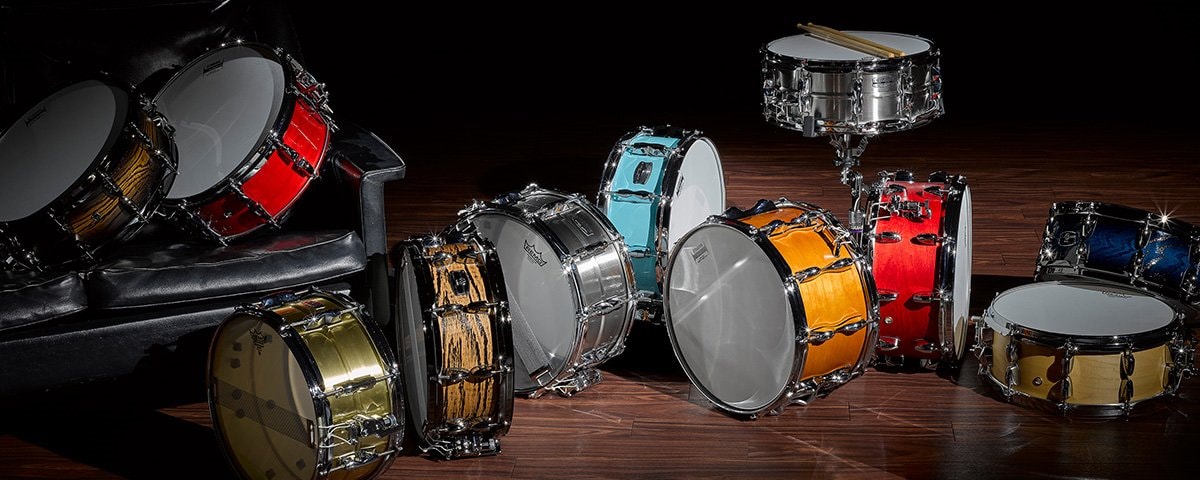
Last but not least, be sure to ask the producer ahead of time if you’ll need anything out of the ordinary for the session, such as shakers, tambourine or other percussion instruments — all good items to have in your arsenal as they will help increase your odds of getting gigs. Alternatively, consider bringing a sophisticated electronic drum module that can emulate many different percussive sounds (such as the Yamaha DTX-PRO or DTX-PROX), along with a drum pad or a mountable drum trigger such as the Yamaha DT-50S. The day of the session is not the time to find out that the producer was expecting you to rent a timpani drum!
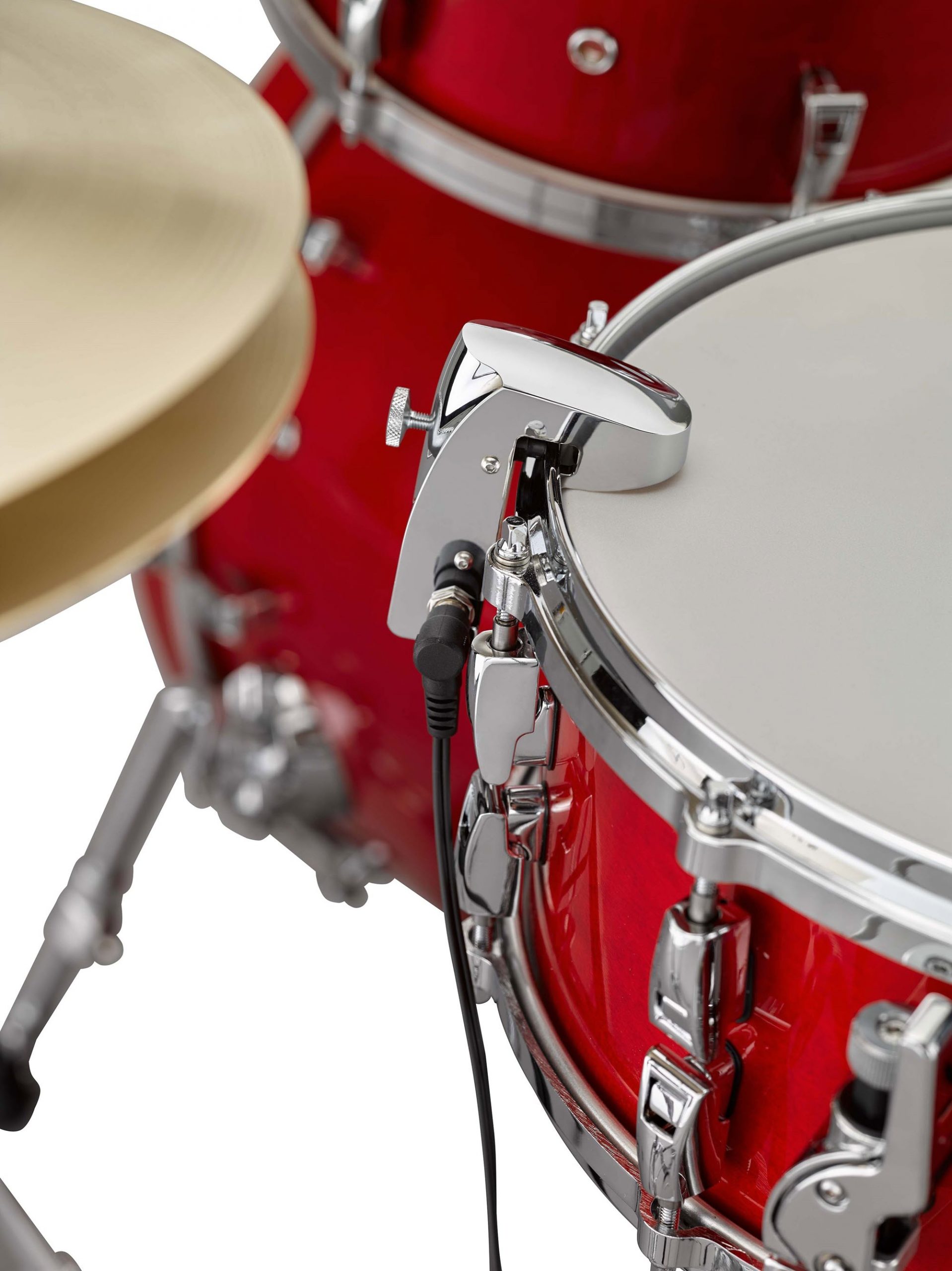
Gear Up
If you plan to bring your own equipment to a session, make sure that everything works properly and has been well-maintained. Old or worn-out heads should be changed a few days in advance to give them time to settle in, and packing a spare snare drum head is a must. Learning how to tune your drums is another important skill — one that can help you adapt quickly if the producer asks you to change the sound of the kit.
Make sure that none of the hardware is loose or rattling, since these sounds can be magnified under the scrutiny of microphones, as can the sound of a squeaky bass drum pedal.
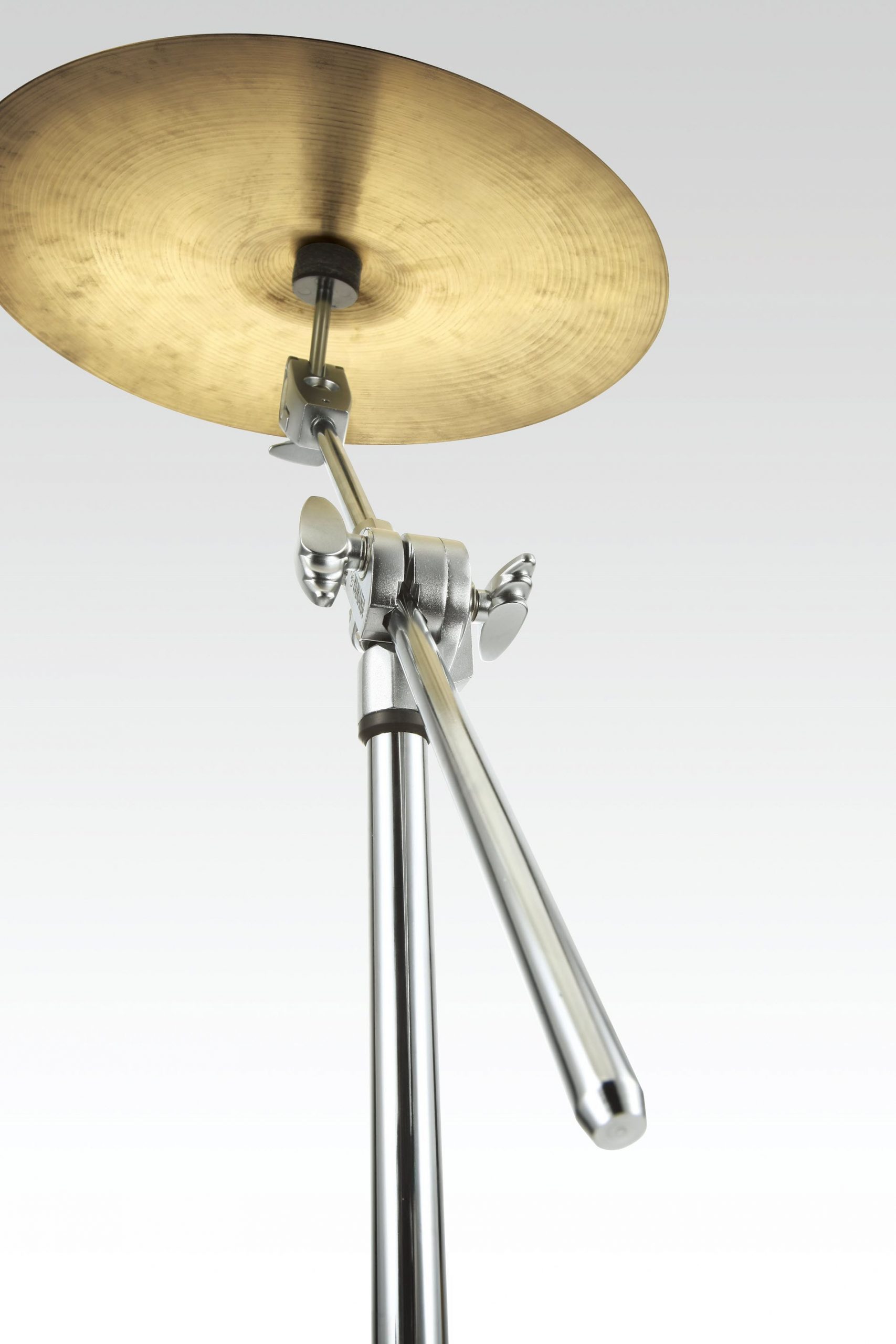
Check your cymbal and hi hat stands for metal-on-metal contact, and use plastic cymbal cups with felts to prevent rattling.
Carry a backup snare drum and extra sticks, plus mallets, thunder rods and brushes, just in case. It may also be helpful to pack a tool box with spare cymbal felts, cymbal cups, sleeves, wing nuts, beaters, tension rods and other parts that might need replacement on-site.
It’s All About the Song
When it comes time to record, no one really cares about how fast you can play or how great your solo is. It’s all about the song, and simple parts often serve the song best.

Flexibility is a must in any recording situation, so be ready to change the parts you’re playing on-the-fly and take input from other players or the producer. Be prepared to receive criticism and don’t take it personally. Remember that you’re there to serve the song, so set your ego aside.
Timing is Everything, Part 2
No one likes waiting for other people to show up, and in the studio, time is money. But being on time is not enough. You need to be early. Part of planning for a recording session should include mapping out how you’ll get to the studio, finding out where you can unload your gear, and where you can park a car if necessary. Allowing an extra hour for your commute will leave plenty of time for unloading and parking, plus give you a few minutes to chill before the session starts. Being early shows that you’re a pro; being late will always make a bad impression. Plus, it adds stress that you don’t need and distracts from the real task at hand: playing the drums!
On the other side of that equation, try not to book anything after the session that might require you to leave before the session is finished. There’s nothing worse than someone taking off before the job is done, and producers and musicians who hire you will remember that.
O Drummer, Where Art Thou?
Having a presence on social media is a must these days and is a great way to make yourself known to studios, producers and other musicians. Post audio and video clips or links to your work so people can hear what you do. Get in touch with local studios, or with musicians you know who have home studios, and let them know that you’re available to play on sessions. Sitting in at an open jam is another way to meet new people, and can help develop your chops in the process.
Be realistic about where you live, and whether there’s a recording scene nearby. No one is going to fly you out to a studio to play on their songs when you’re starting out, so you may need to relocate to get your career off the ground.
Have a Good Attitude
It doesn’t get much better than being paid to play the drums, so let it show! A positive attitude and a smile can help ease tension in the studio and make for a great day … plus it can lead to more recommendations and gigs in future.
It’s all about getting the song to groove and making everyone feel comfortable. If you can do that, you’re on the road to success!










